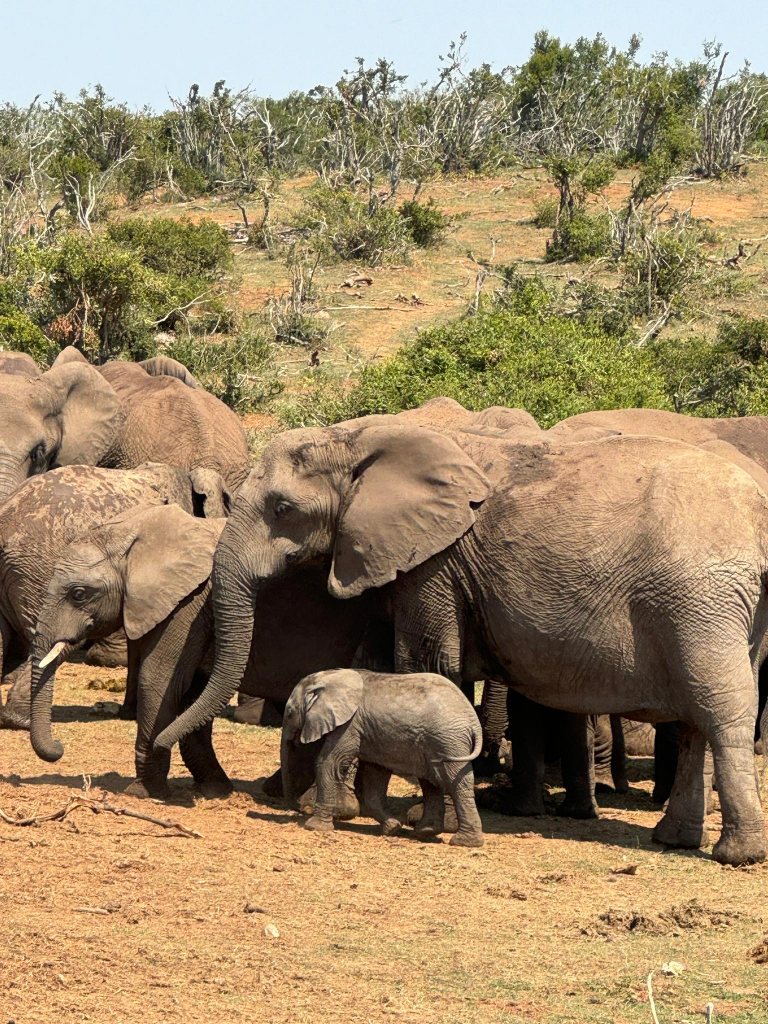Esra Tahir
I had the incredible opportunity to visit South Africa, Gqeberha for the HETL 2024 conference at Nelson Mandela University. From the moment I arrived, the energy was inspiring. The opening kicked off with the Education Choir, filling the room with welcoming feeling. Then, Mrs. Khanyisa Manzini, the Program Director, guided us through the introductions, setting the stage. Prof. Pamela Maseko and Dr. Patrick Blessinger spoke next, sharing their vision for a global approach to higher education. Dr. Muki Moeng, the Deputy Vice Chancellor, followed up with a talk on how education should support all students, touching on decolonization and inclusivity—topics that felt especially meaningful in South Africa.
After a few sessions, we took a break, and it was then that we were warmly welcomed by Prof. Somadoda Fikeni, who said, “They say humans originated from Africa, so you all returned home. Welcome home.” Those words stuck with me the entire time I was in South Africa. It was more than a trip; it felt like coming back to warm familiar place.
Throughout the conference, I got to meet colleagues from everywhere—Europe, Asia, other parts of Africa. We shared our ideas on education, swapped stories about our backgrounds, and learned about each other’s countries. This experience made me realize just how much we all have in common, despite our different cultures.
One of my favorite parts of the trip was exploring Gqeberha’s architecture. The buildings tell a story: some are grand and old, reflecting colonial history, like , Donkin Reserve, home to the Pyramid and Lighthouse. The Pyramid was built in 1820 by Sir Rufane Donkin, a British colonial administrator, in memory of his wife, Elizabeth, after whom the city was formally named. The Lighthouse, constructed in 1861, was a critical navigational aid during a time when the city was a major port under British control. Climbing the lighthouse was no easy feat—I was out of breath by the time I reached the top—but the view was breathtaking. while others are sleek and modern, representing today’s diverse South Africa. It felt like walking through a living history book.
And then, there was the safari at Addo Elephant Park—a total highlight! I was absolutely captivated by the baby elephants, learning that females stay in groups while young males eventually leave because they start fighting to prove themselves. All the solo elephants we spotted were male. We didn’t see rhinos or lions, but we were lucky enough to see elephants, zebras, and buffaloes in their natural habitat. There’s something magical about seeing these animals up close.
This trip also brought my teammates and me closer together. Traveling, sharing meals, and exploring a new country together gave us time to truly connect outside of our usual roles. Whether it was laughing over our lighthouse climb, sharing our awe at the safari, or freezing next to ocean, we left South Africa a little bit closer.
This trip to South Africa gave me so much more than just an academic experience; it gave me a deeper connection to culture, nature, and people. I left with new friends, unforgettable memories, and a fresh perspective on the world.



- Reflections on Pedagogy of the Oppressed (Chapter 1) - 17 February 2025
- Education As a Site of Creative Liberation - 17 February 2025
- Reflection on Pedagogy of the Oppressed and Westminster’s Student Partnership Framework - 17 February 2025
